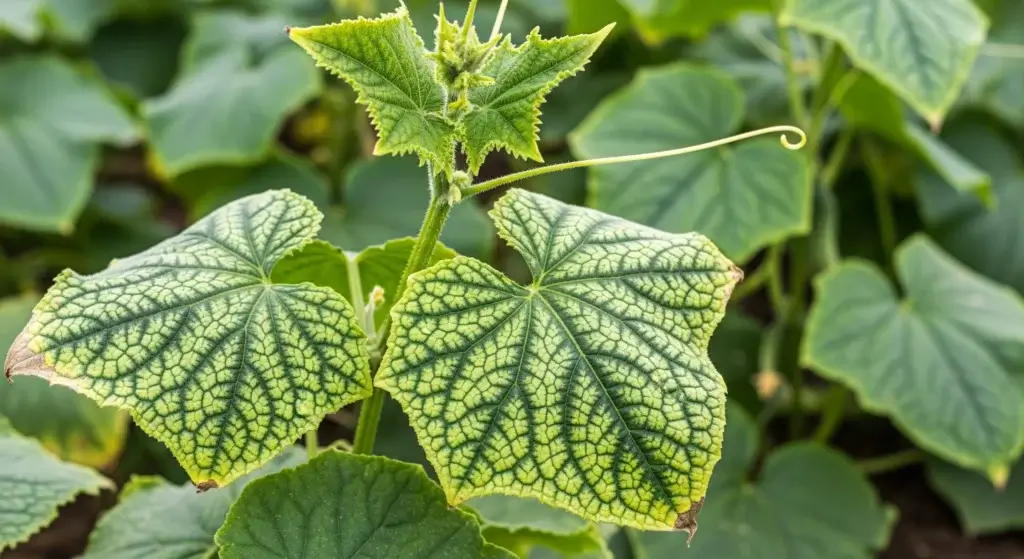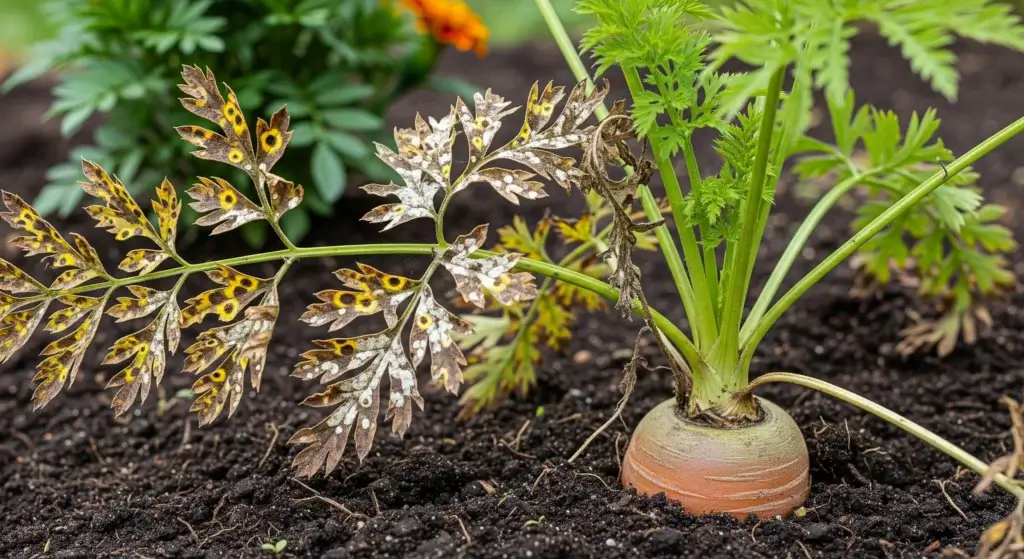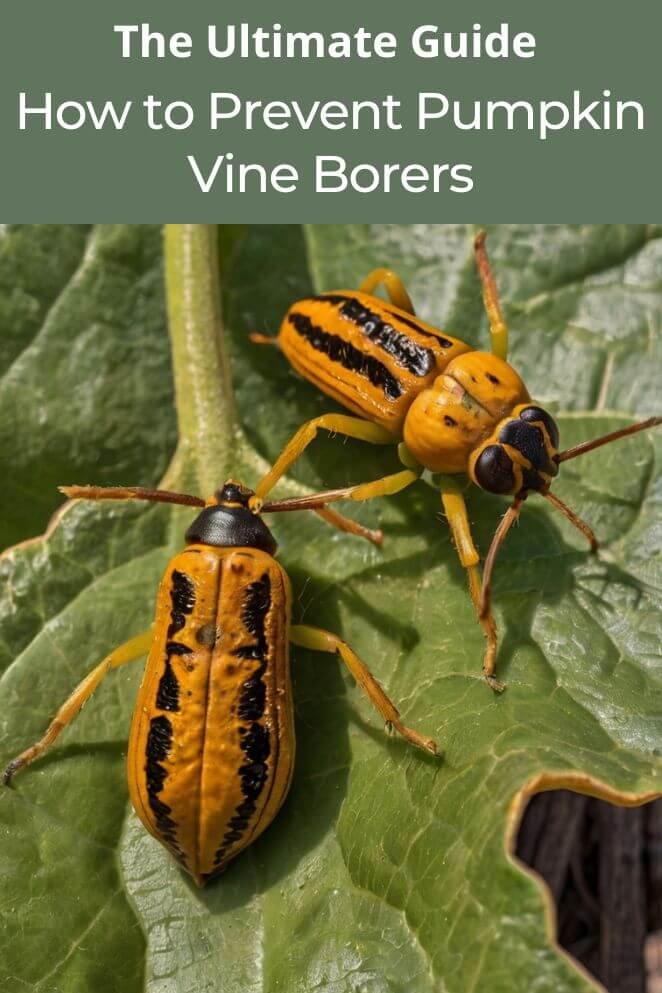
Pumpkins are a favorite among gardeners, but they come with a notorious pest problem: pumpkin vine borers.
These insects can quickly destroy your vines, leaving you frustrated and your harvest in jeopardy.
Fortunately, with the right prevention strategies, you can keep these pests at bay and enjoy a thriving pumpkin patch.
Understanding Pumpkin Vine Borers
Pumpkin vine borers (Melittia cucurbitae) are moths whose larvae bore into the stems of pumpkins and other squash plants.
- Appearance: The adult borer resembles a wasp with orange and black coloring, while the larvae are cream-colored with brown heads.
- Lifecycle: Adult moths lay eggs on the base of the plant. Once hatched, the larvae tunnel into the stems, disrupting water and nutrient flow, causing the plant to wilt and die.
- Damage: Signs of infestation include wilting vines, sawdust-like frass (larvae excrement) near the base, and holes in the stems.
These pests are most active during late spring to early summer, depending on your location.
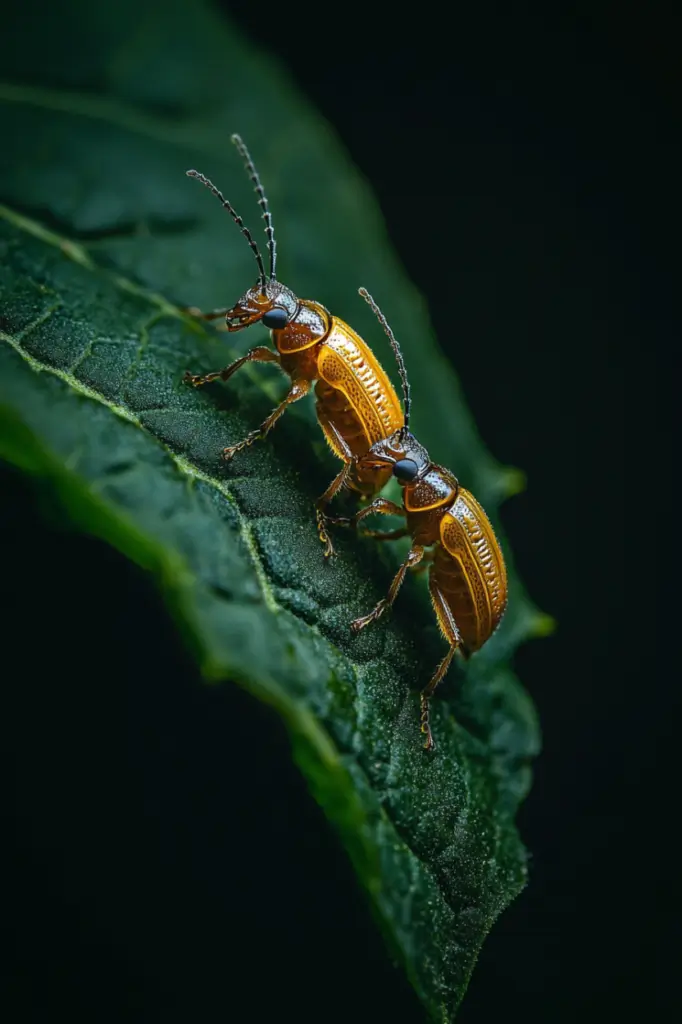
Prevention Strategies
The best way to deal with pumpkin vine borers is to stop them before they become a problem.
With a proactive approach, you can protect your plants and enjoy a thriving pumpkin harvest.
Here are some practical and effective methods to keep these pests at bay.
Start with healthy plants
A strong, healthy plant is your best defense against pests.
Healthy plants can better withstand attacks and recover from damage.
- Plant in good soil: Pumpkins grow best in well-drained soil enriched with organic matter. Add compost or manure to create the ideal growing conditions.
- Crop rotation: Avoid planting pumpkins or other cucurbits (like zucchini or squash) in the same spot year after year. Rotating crops disrupts the pest’s lifecycle and reduces the chances of reinfestation.
- Water and feed regularly: Keep your plants hydrated and nourished. Water deeply and consistently, and use a balanced fertilizer to give your plants the nutrients they need to thrive.
Protect plants with row covers
Row covers are an excellent way to create a physical barrier between your plants and pests.
- How they work: These lightweight fabric covers allow sunlight, air, and water to reach your plants while keeping pests like vine borers out.
- How to use them: Place the covers over your plants immediately after planting, securing the edges tightly to the ground.
- Important tip: Remove the covers when your plants start flowering so pollinators can do their job. Without pollination, your pumpkins won’t grow.
Inspect your plants regularly
Keeping a close eye on your plants can help you catch vine borers before they do significant damage.
- Check for eggs: Look for reddish-brown eggs on the base of the stems, especially in early summer. Remove these eggs by hand before they hatch.
- Remove larvae: If you spot small entry holes in the stems and notice sawdust-like material (frass) around the base, the larvae are already inside. Use a thin wire or a small knife to carefully remove or kill them. Cover the damaged area with soil to encourage new root growth.
Attract natural predators
Encourage beneficial insects to take up residence in your garden.
These natural predators can help keep vine borer populations under control.
- Plant companion flowers: Flowers like dill, fennel, marigolds, and cosmos attract parasitic wasps and other helpful insects that prey on vine borers.
- Avoid harsh chemicals: Broad-spectrum insecticides can harm beneficial insects as well as pests. Stick to targeted treatments or natural remedies.
Smart Gardening Practices
Adopting clever planting techniques can make your garden less inviting to vine borers.
- Timing is everything: Plant pumpkins either early or late in the season to avoid the peak activity period of adult vine borers, which typically occurs in mid-summer.
- Trap crops: Consider planting a small patch of highly attractive crops like zucchini or Hubbard squash near your pumpkins. These “trap crops” lure pests away from your main plants. Once the trap crops are infested, destroy them before the larvae have a chance to mature and spread.
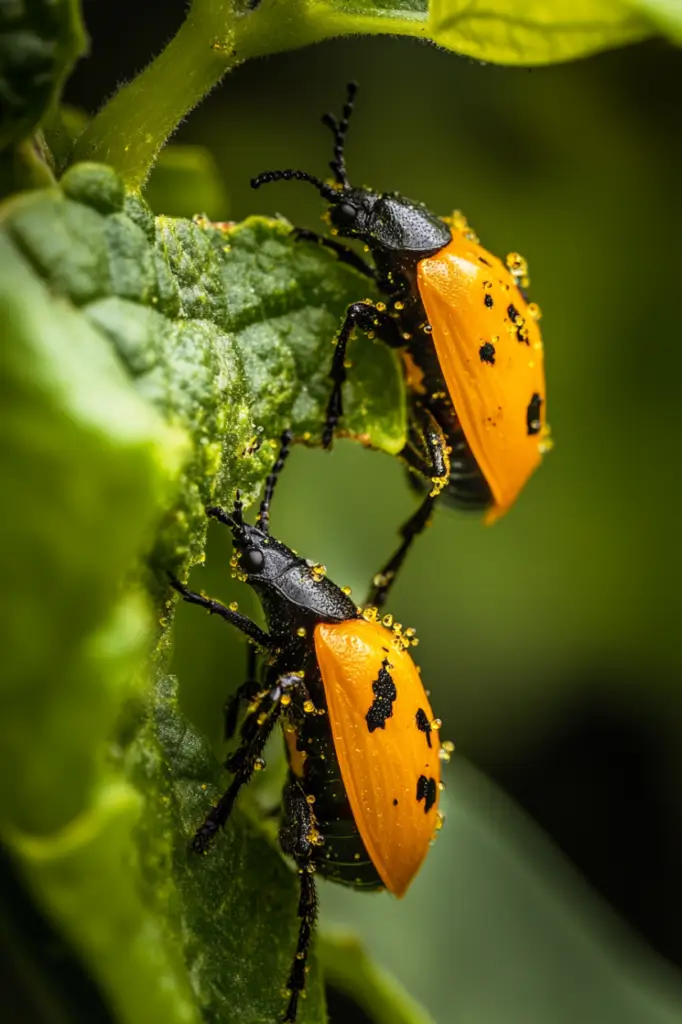
Chemical Control (If Necessary)
While prevention and natural methods should always be your first line of defense, severe infestations of pumpkin vine borers may require chemical intervention.
Use insecticidal soaps and sprays
Insecticidal soaps and sprays are a gentler option that can effectively kill vine borer eggs and larvae without posing significant risks to beneficial insects.
- How they work: These sprays coat and suffocate pests on contact, targeting eggs and young larvae before they burrow into plant stems.
- When to apply: Timing is key. Apply insecticidal sprays to the base of the plants in late spring or early summer, just as adult borers are laying eggs. Repeat the application every 7–10 days during the peak egg-laying period.
- What to look for: Choose organic-certified products with active ingredients like neem oil or spinosad, both of which are considered safe and effective.
- Application tip: Focus on the lower stems and surrounding soil, where vine borers are most likely to be active. Reapply after heavy rain, as the product may wash away.
Systemic insecticides
Systemic insecticides are absorbed into the plant and work from the inside out, targeting pests that feed on the plant tissue.
While effective, they should only be used as a last resort.
- How they work: These chemicals enter the plant’s vascular system, poisoning any pests that consume it, including larvae hidden inside the stems.
- When to use: Apply systemic insecticides early in the growing season, before flowers appear. This ensures you target the borers without harming pollinators like bees that visit the flowers later.
- Use with caution: Systemic insecticides can be harmful to the environment and non-target species. Always follow the label instructions to ensure safe and effective use.
Application tips
Use a soil drench or apply directly to the plant base where borers are active.
Wear protective gloves and avoid applying on windy days to prevent drift to other plants.
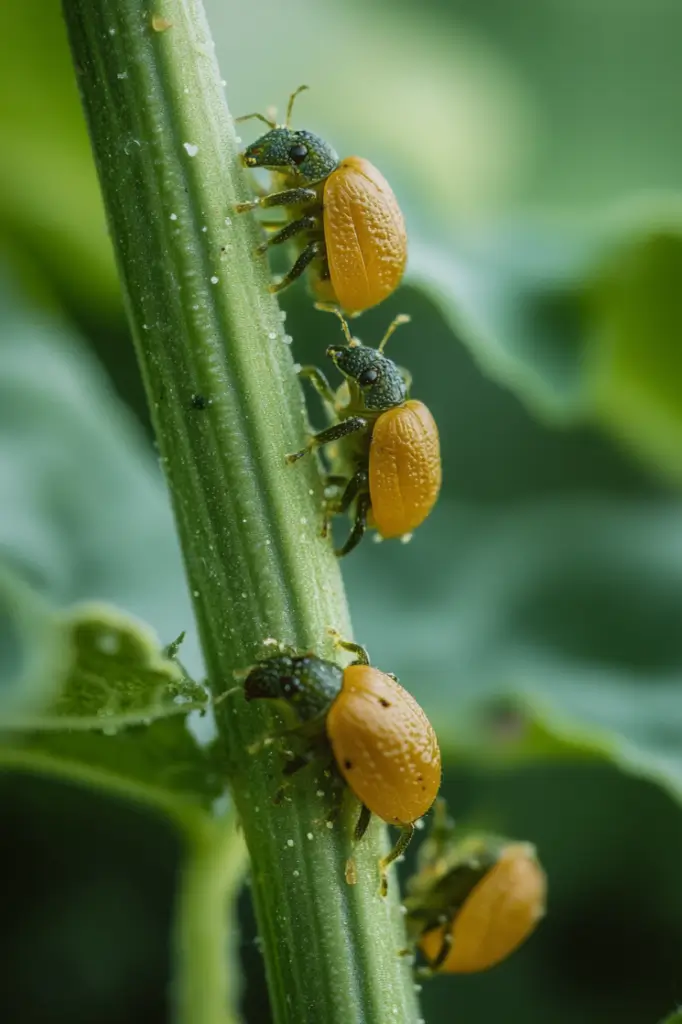
Final Thoughts
Preventing pumpkin vine borers is all about vigilance and proactive care.
Healthy plants, physical barriers, natural predators, and occasional chemical intervention (if necessary) can protect your pumpkin patch and ensure a bountiful harvest.
By implementing these strategies, you can enjoy vibrant, pest-free pumpkin vines and reap the rewards of your hard work.

